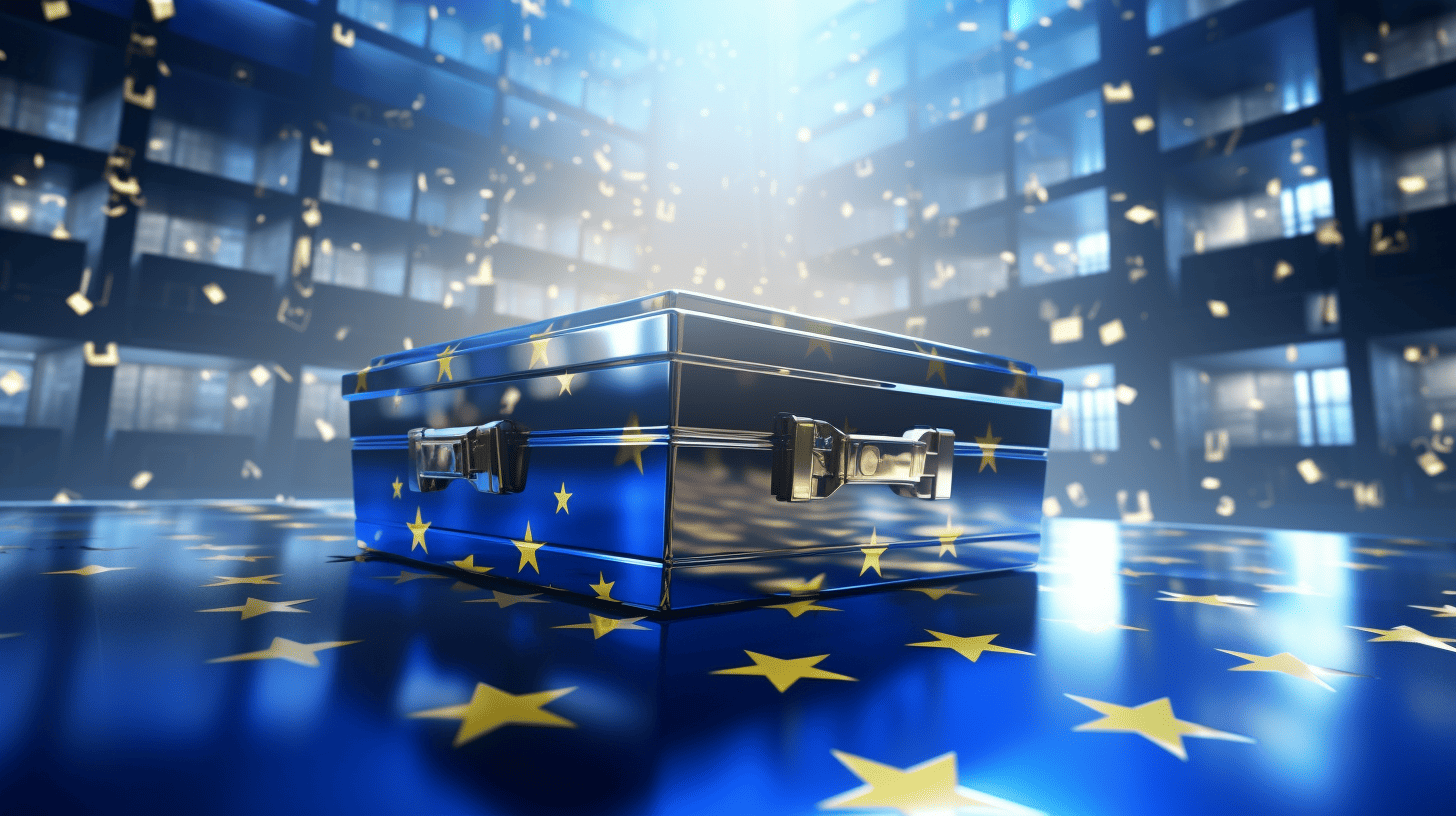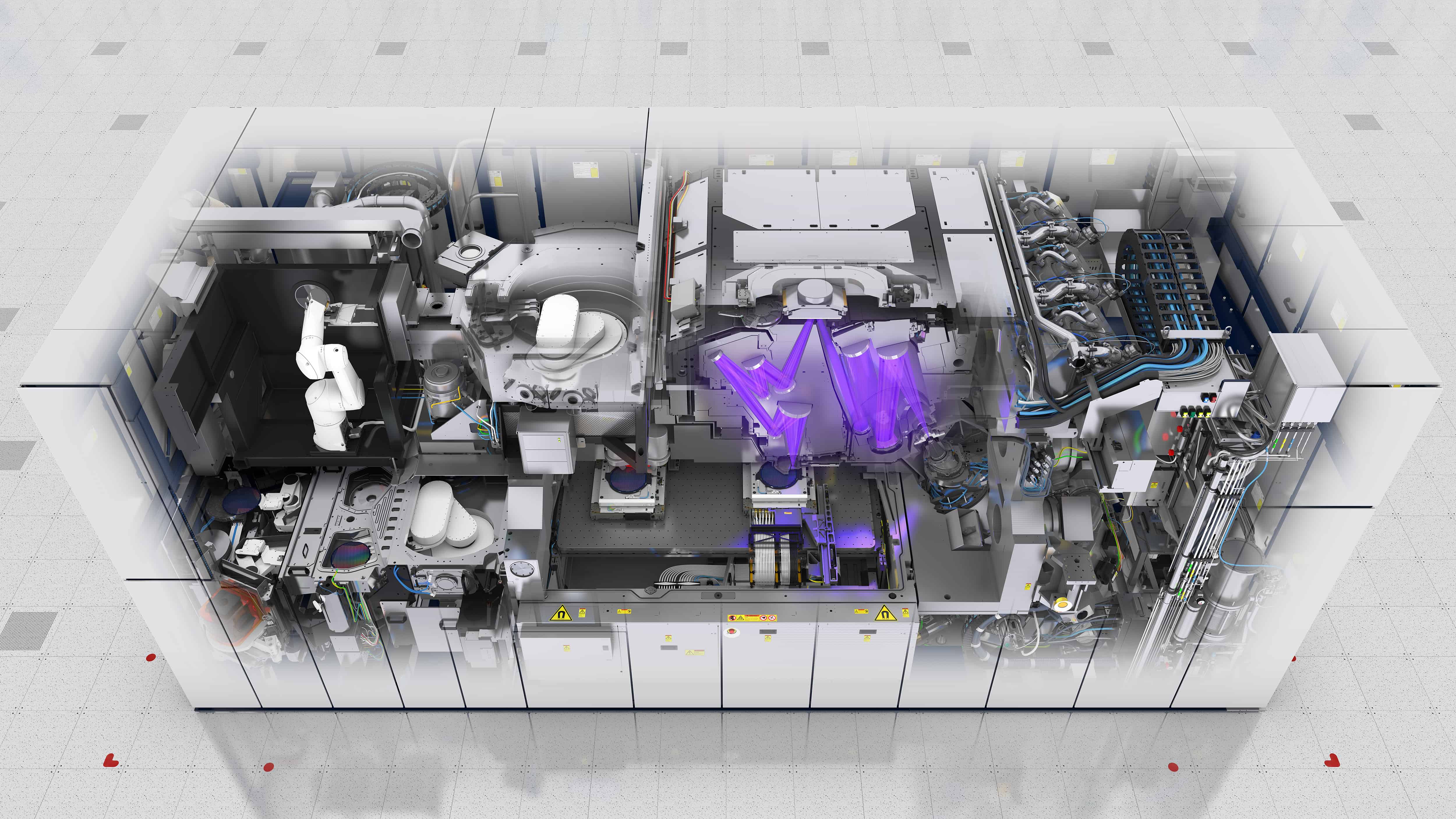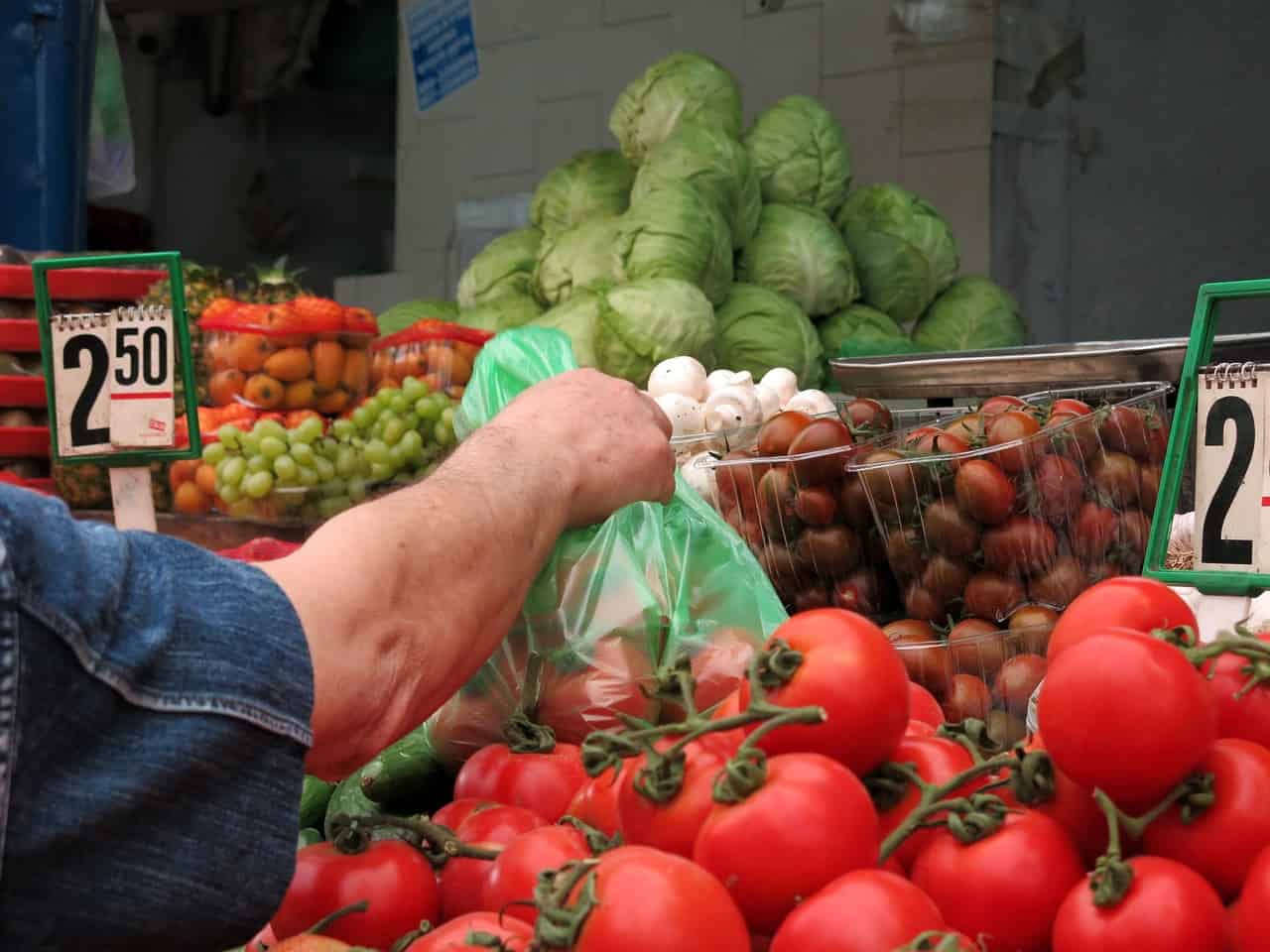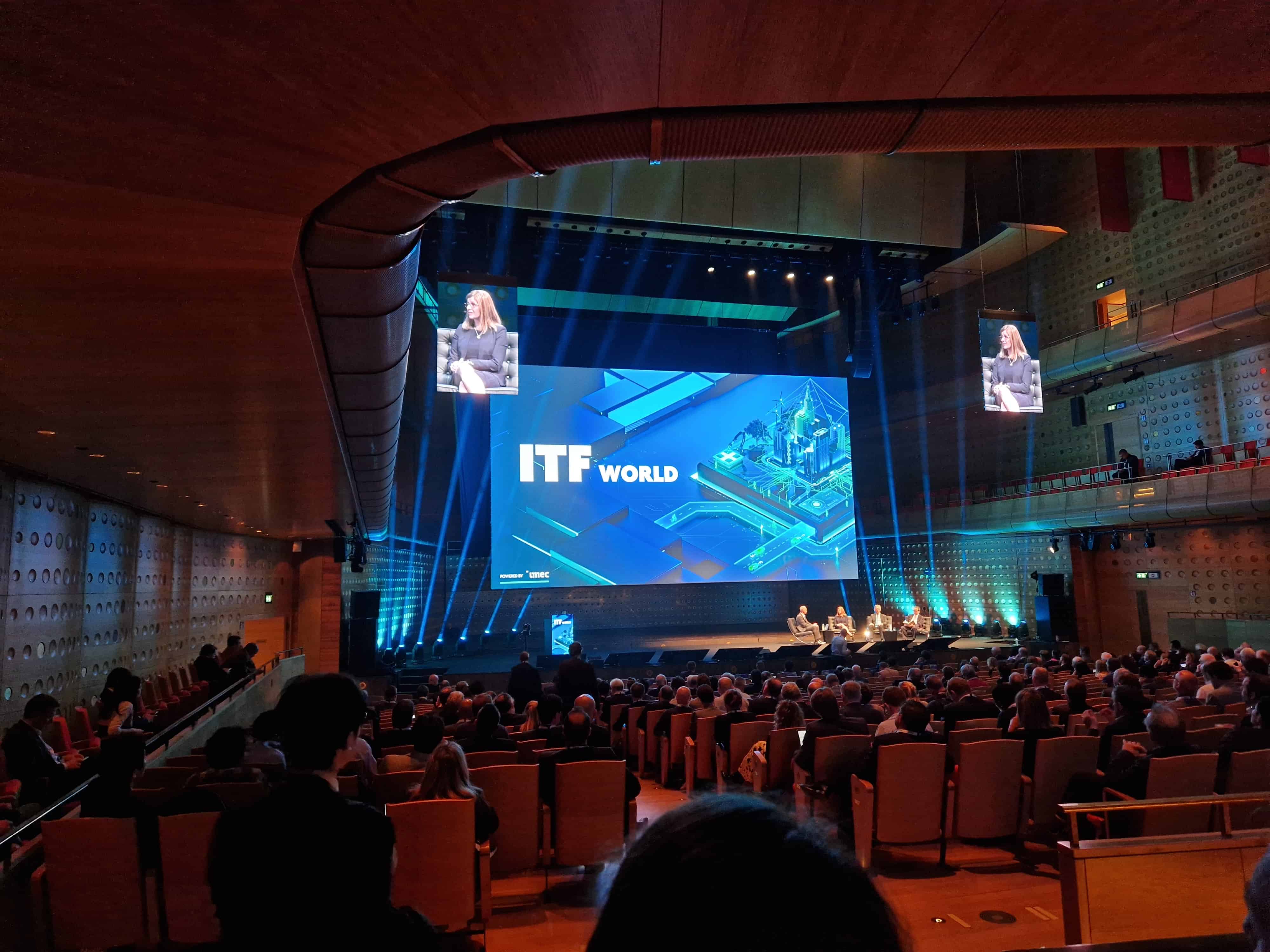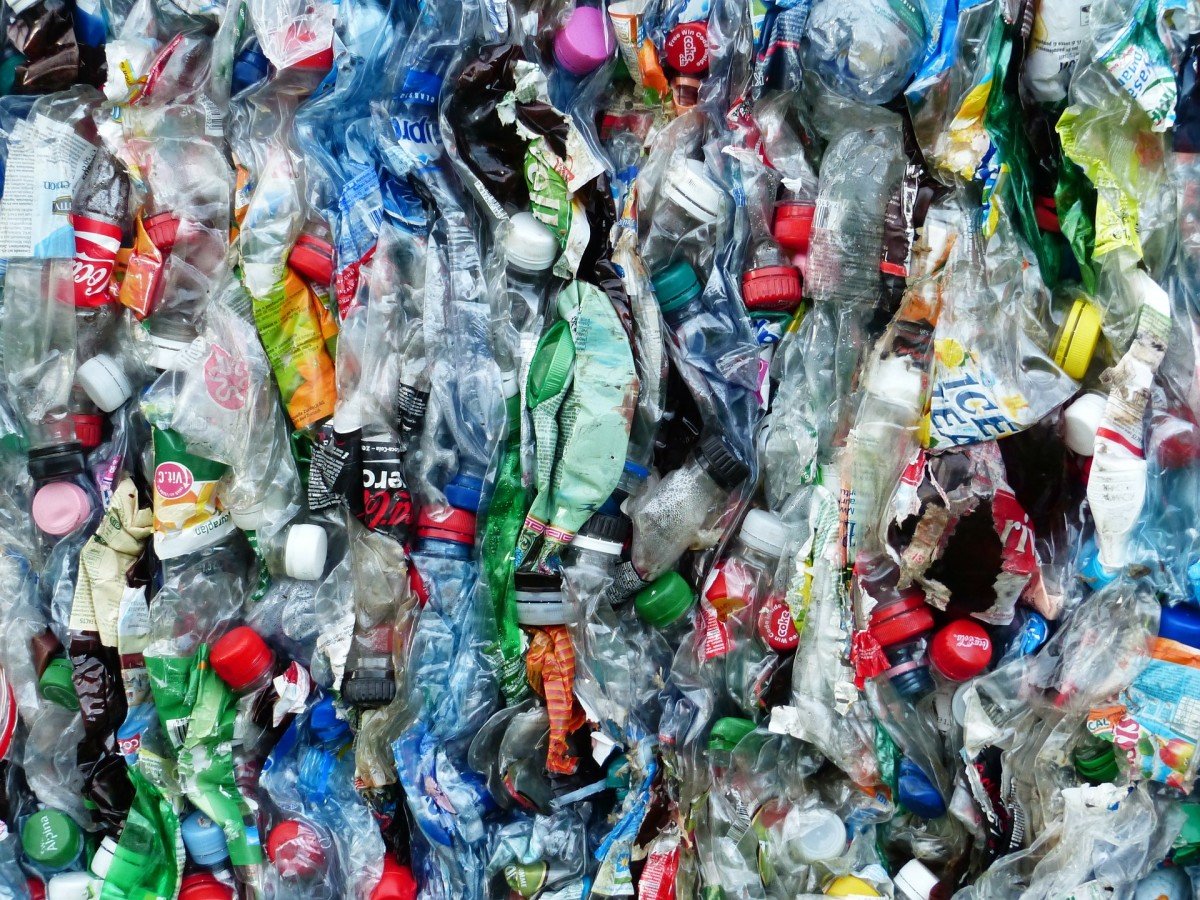
The European Union is introducing a levy for the use of non-recyclable plastic packaging. The heads of government of the 27 member states agreed to this at the last European Commission meeting last summer.
They agreed that each member state must pay 80 cents per kilo of non-recyclable plastic packaging to the European Commission. The total collected will amount to billions on an annual basis, which the European Commission wants to use to balance the budget. Brexit and the corresponding disappearance of the British contribution have created a gap in the budget. The implementation of the Green Deal to comply with the Paris Climate Agreement will also be very costly. The corona fund for which the European Commission is borrowing 750 billion euros on the capital market must also be repaid.
A drop in the bucket
All in all, this is such a large amount that the plastic levy seems to be no more than a drop in the bucket. But every little bit helps. In 2023, the European Commission also wants to introduce a tax on CO2 emissions in advance. The amount that Brussels will collect this way will then be added to this. This enables the European Commission to create a stable source of income that does not appear to be directly at the expense of the national budgets of the member states. The European Commission thus becomes less dependent on member state governments and can influence policy more autonomously, for example, by granting subsidies from its own income.
The question now is what influence the so-called plastic tax will have. In the first instance, it is anticipated that consumers will hardly notice it. Several member states have already announced that they will transfer the amount from the national treasury directly to the European Commission. This also applies to the current Dutch government formed by the coalition parties VVD, CDA and D66, according to a spokesperson for the Ministry of Finance.
There is a practical reason for this. It is not easy to determine to which producer the costs of non-recycled plastic packaging should be attributed. Think, for example, of plastic bottles manufactured such that they are easy to recycle but are still thrown into the sea by consumers. Producers have no influence on that behavior.
In the Netherlands, the waste chain for plastic packaging in itself is very well organized, says Theo Stijnen, director of the Dutch department of PlasticsEurope, the advocacy organization for the packaging industry. All companies that use plastic packaging, such as food concerns, pay 60 cents per kilo of plastic used to Afvalfonds Verpakkingen. (For other raw materials for packaging such as wood and paper, they also pay a levy.) This organization is financed by the producers of packaging. An executive organization of the Afvalfonds Verpakkingen, Nedvang, registers how much of the used plastic packaging is delivered to a recycling company. According to the Afvalfonds Verpakkingen figures, this is 52 percent of 523 million kilos in 2018, constituting more than half of the total.
A shift in the moment of measuring
But the Netherlands cannot use this figure to pay the contribution owed to the European Commission, says Stijnen. It states that 80 cents must be paid on the difference between the weight of the plastic packaging put on the market and the weight of plastic packaging recycled. This means that the moment it is measured shifts from the number of kilograms delivered to the door of the recycling plant to the number of kilograms of plastic granules actually produced by the plant. According to Stijnen, that percentage is much lower, namely 38 percent. As a result of this text in the plastic agreement of the European member states, the moment of measurement is shifting.
For the Netherlands, this still represents a financial advantage. The agreement of the member states stipulates that the Netherlands will receive a discount of €1.9 billion over the next seven years following the approval of this plastic tax. If the Netherlands succeeds in recycling 52 percent, they will have to pay Brussels €1.4 billion in plastic tax over a period of seven years. On balance this will give them half a billion euros in benefits. If the Netherlands succeeds in recycling only 38 percent, the current lower limit according to Stijnen, they will pay €1.8 billion over the next seven years. In that case, the Netherlands will still have 100 million euros left over.
In exchange for the plastic tax, each member state receives an individually calculated discount on its annual remittance (a percentage of the gross national income) to the European Commission. There is probably not a single member state that has suffered financially as a result, since otherwise they would not have agreed to the new levy, according to Stijnen.
Optimizing the plastic waste chain
There is, however, no incentive to deter consumers from buying products in non-recyclable plastic packaging in the short term.
But in the long run this could happen, for instance if a green party joins the government. “We have been recycling glass and paper for almost fifty years,” says a spokesperson for the Packaging Waste Fund. “But we’ve only been recycling plastic for about nine years. The development of this chain is much newer and can be further optimized in the coming years.”
As you can imagine, the better packaging can be produced and collected, the better it can be recycled. The industry itself can decide to use less plastic or use it such that it is recyclable, for example, by not using paper and plastic together. They could do that to anticipate additional taxes that might well become reality in the future.
Innovative recycling technology
In member states such as the Netherlands where the waste chain is well organized and transparent, the incentive for industry to take this possibility into account is probably greater than in countries such as Greece, for example, where it is not so well organized and all garbage ends up in a big pile.
On the other hand, less advanced member states could adopt innovative recycling technology for plastic packaging from pioneers in this field. If this happens, the plastic levy will have achieved its goal: the use of non-recyclable plastic will decrease and member states will pay less. The European Commission will then have solved a problem, but it will also have created a new one: its own source of income will dry up.



